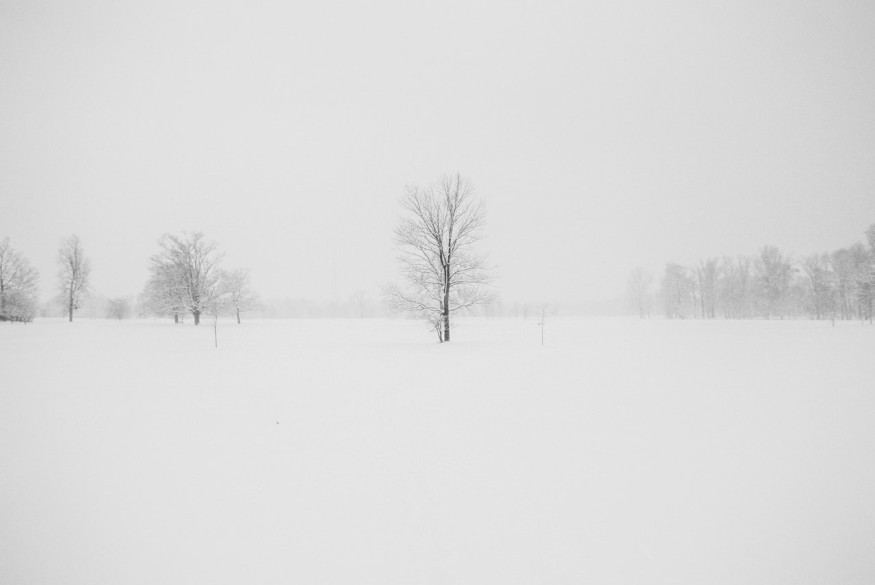
A new study suggests that the Chicxulub impact asteroid may not have caused global temperatures to fall.
Chicxulub Impact
According to the Lunar and Planetary Institute, the Chicxulub Impact devastated the region of Mexico's Gulf. This strong blast led to the generation of superheated plasma that had a surplus of around 10,000 degrees. Though this impact would have lasted briefly, it would have been lethal for creatures near it.
Live Science adds that this blast led to the mass extinction of 75% of species, including all dinosaurs with non-avian roots. How this resulted, however, has remained a mystery.
It has been thought that a "nuclear winter" of some sort was also triggered by the event, specifically by the dirt and dust that were tossed into the atmosphere. Speculations held that there was a prolonged period of cooling during which temperatures across the globe plummeted.
Now, a new study puts these assumptions regarding the "impact winter" to the test.
ALSO READ : Chicxulub Impact's Mega-Earthquake That Demise Dinosaurs Shook Earth For Months, New Evidence Claims
No Evidence of Post-blast Prolonged Nuclear Winter
The study was published in the Geology journal. According to Lauren O'Connor, the study's first author and a geoscientist from Utrecht University, they did not find any evidence for such a "nuclear winter" within their study premises. Their study should have been able to pick up declines in temperatures that spanned a millennium or so.
The researchers looked into fossilized bacteria in coal samples that date after, during, and before the Chicxulub Impact. The cell walls of these bacteria either become thick or thin, as a response to the changes in temperature.
Upon analyzing these samples, they discovered that the bacteria apparently did not "bulk up for the winter" after the Chicxulub Impact. Rather than this, they found that there was a roughly five-millennium warming trend that became stable quite quickly.
This period of heat could have led super volcanoes to emit carbon dioxide into the atmosphere up until the sudden end of the Cretaceous era.
Short Period of Winter and Darkness Are Still Possible
Sean Gulick, a geophysicist from the University of Texas who did not participate in the study, says that such findings do not mean that the "nuclear winter" hypothesis should be completely disregarded. The dust blanket that the asteroid kicked up could have stayed in the atmosphere for around a decade or less. While this may not have clearly altered the temperatures around the globe, it may have plunged the earth into a pit of darkness.
Gulick adds that the period does not have to be extremely long. Lacking sun exposure for months would be sufficient to kill most plants across the world.
With the eradication of such plants, herbivores may have suffered to find food. With the death of such species, the food chain may have experienced disruptions, as carnivores and other herbivore-dependent species may have died. Such a case would have been a fossil record blip.
The team of O'Connor agreed that there may have been a short period of winter and darkness when the end-Cretaceous extinction started. Live Science further reports, however, that it does not appear to have led to a long-term trend of cooling.
Such findings show that the earth could have the capacity to bounce back from a climate-altering event faster than thought. However, this is not without a mass extinction triggered.
The researchers are not looking into investigating more coal samples in order to provide more pieces regarding the temperature changes in the millennia that led to the Chicxulub Impact.
RELATED ARTICLE : What Season Did the Dinosaur-Killing Space Rock Hit Chicxulub Cater? Asteroid's Effect on Biodiversity Still in Question
Check out more news and information on Archaeology in Science Times.
© 2025 ScienceTimes.com All rights reserved. Do not reproduce without permission. The window to the world of Science Times.












